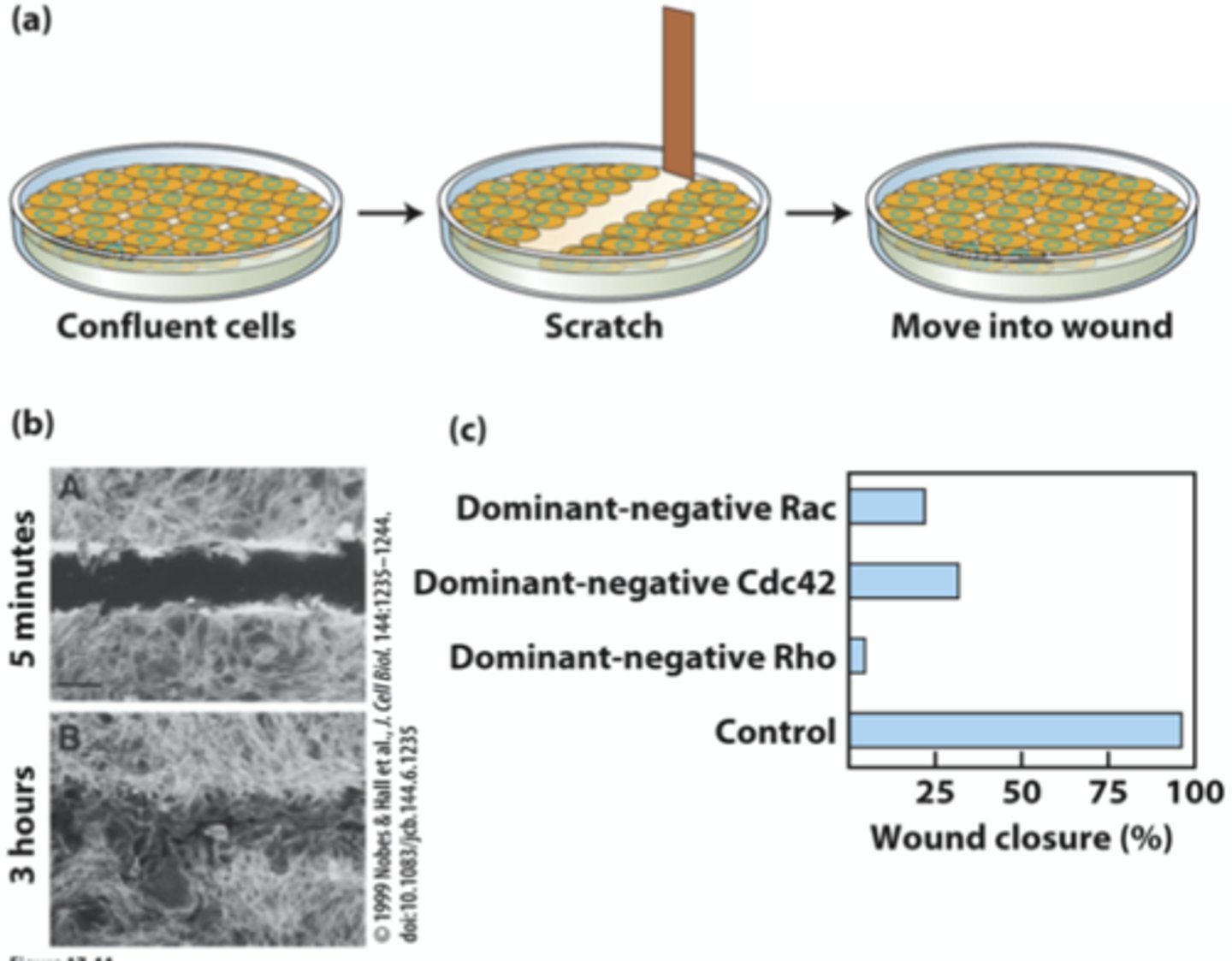ANHB3323 (19) - regenerative therapies, stem cells 2
1/14
There's no tags or description
Looks like no tags are added yet.
Name | Mastery | Learn | Test | Matching | Spaced |
|---|
No study sessions yet.
15 Terms
3 factors in tissue engineering
1. Cells
2. Growth factors
3. scaffolds
Steps after tissue assembly in Tissue engineering
1. Conditioning
2. Implantation
3. Vascularisation
Ear disease - regenerative therapy
middle: Tympanic membrane tissue engineering
Inner: Cochlear hair cell regeneration and tissue engineering:
- pluripotent stem cell models
Tympanic Membrane
Eardrum (middle ear)
Layers:
- epithelial
- fibrous
- mucousal
Acute middle ear perforation
damaged eardrum
28 days to fully heal
Tympanic Membrane and stem cells
Tympanic membrane has stem cell niche in middle
stem cells (keratinocytes) proliferate, daughter cells growth outwards towards periphery
Keratinocyte biology assays
Assess cell:scaffold interactions
Examples:
- scratch wound assay
- MTT assay
Scratch wound assay
Keratinocytes on top of scaffold
Scratch the keratinocytes
View and analyse migration of keratinocytes (as they fill the gap)

MTT assay (what does it assess)
Assesses cell adhesion and proliferation
Silk scaffolds for chronic Tympanic membrane perforation
Creating a tympanic membrane scaffold from silk:
- 3d print
- electrospin
Laser doppler vibrometer
measures vibrations with laser
can see how eardrum vibrates, to be able to replicate it
Optical Coherence Tomography Imaging
Imaging shape and prototyping tympanic membrane
can view scaffold material as it interacts with different things
Bioink development (requirements for eardrum scaffold printing)
During printing:
- must be viscous, but able to flow
- must have rapid coagulation
After printing:
- low stiffness (for proliferation and migration)
- high enough stiffness to maintain integrity
Bottom up Silk processing (3 steps)
1. degumming
2. dissolving (dissolve silk)
3. dialysis (wash away chemicals)
[used to cast molds for tympanic membrane scaffolds]
Secretome stem cell
wound healing via paracrine factor secretion
paracrine factor = stimulates keratinocyte growth
(applicable to tympanic membrane)